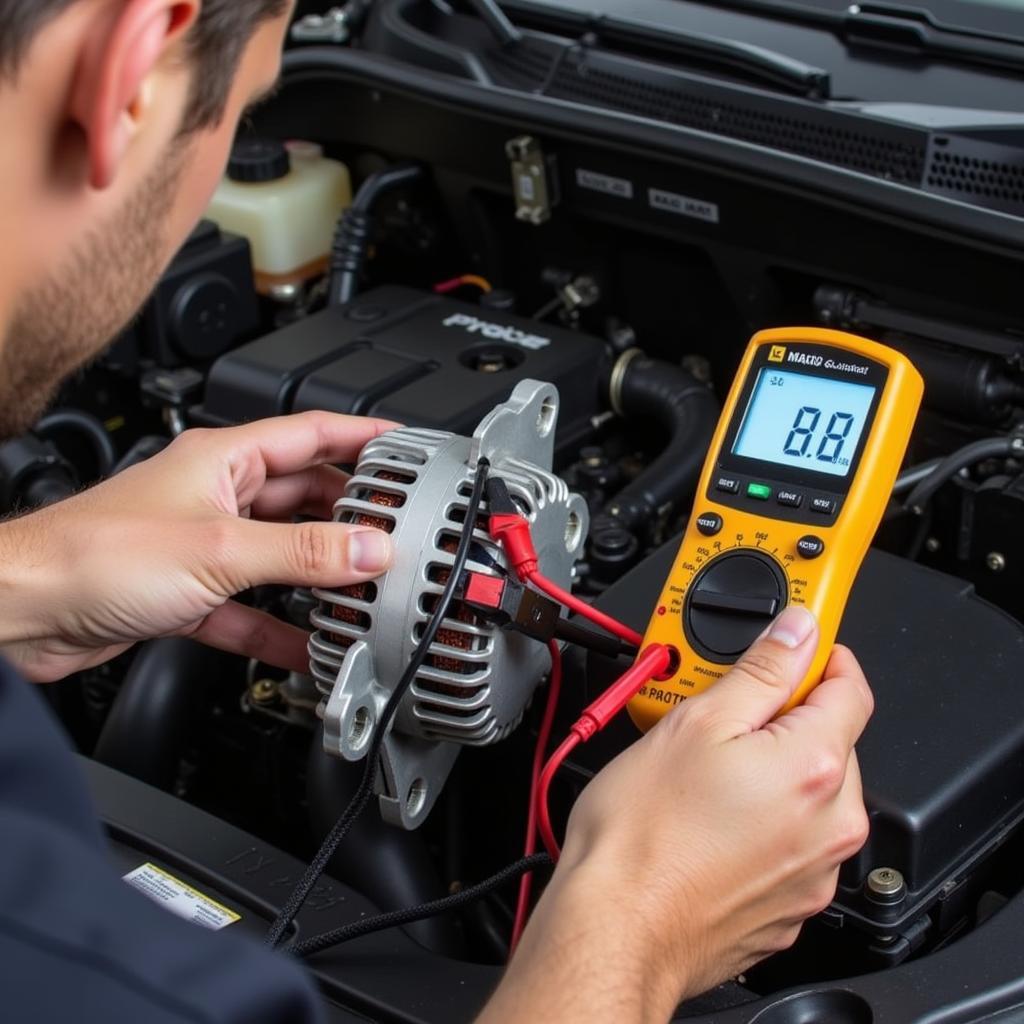Understanding and defining in-car electric problems can be a daunting task for car owners and even some mechanics. From flickering headlights to a complete engine failure, electrical issues can manifest in a myriad of ways, often leaving you stranded and frustrated. This comprehensive guide will equip you with the knowledge to pinpoint, diagnose, and potentially even fix common electrical problems in your vehicle.
After checking the battery connections, you might find the problem lies elsewhere. Here’s where understanding different electrical components comes in handy. Don’t underestimate the importance of regular maintenance; it can save you a lot of trouble down the road. For instance, issues like a dying battery can cause a host of seemingly unrelated problems. Have you ever experienced your car refusing to start after leaving the headlights on overnight? That’s a classic example of a simple electrical issue with a straightforward solution. If your electrical problems stem from a lemon, consider exploring your legal options. More information about cars and lemon problems can be found at car and lemon problem.
Common Electrical Problems and Their Causes
Several components contribute to the intricate electrical system of your car. Understanding the function of each part is crucial for accurate diagnosis.
Battery Issues
The battery is the heart of your car’s electrical system. A failing battery can lead to slow cranking, dim headlights, and even a complete inability to start the vehicle. Corrosion, loose connections, and extreme temperatures can all impact battery performance.
Alternator Problems
The alternator recharges the battery and powers the electrical systems while the engine is running. A faulty alternator can lead to a drained battery, dimming lights, and strange electrical malfunctions.
Starter Motor Malfunctions
The starter motor cranks the engine to initiate the combustion process. A malfunctioning starter can result in clicking sounds when you turn the key, or the engine simply not turning over at all.
Wiring and Fuse Box Troubles
Damaged wiring or blown fuses can disrupt the flow of electricity, causing various problems depending on the affected circuit. Symptoms might include malfunctioning lights, non-functional accessories, or even short circuits.
 Faulty car battery terminals showing corrosion and loose connections.
Faulty car battery terminals showing corrosion and loose connections.
Diagnosing In-Car Electric Problems: A Step-by-Step Approach
Defining in-car electric problems requires a systematic approach. Here’s a simplified guide to help you troubleshoot effectively:
-
Check the Battery: Inspect the battery terminals for corrosion and ensure they are tightly connected. A multimeter can be used to test the battery voltage.
-
Inspect the Alternator: With the engine running, check the alternator output voltage using a multimeter. A low reading indicates a potential alternator problem.
-
Test the Starter Motor: If you hear clicking sounds when trying to start, the starter motor may be faulty. A professional mechanic can perform a more thorough test.
-
Examine the Wiring and Fuses: Visually inspect the wiring for any signs of damage, such as fraying or burns. Check the fuse box for any blown fuses and replace them as needed.
 Mechanic using a multimeter to test a car’s alternator output voltage.
Mechanic using a multimeter to test a car’s alternator output voltage.
Sometimes, selling a car with many issues can feel like the best option. Check out this resource for tips on selling a car with a lot of problems.
Why Are My Car’s Headlights Dim?
Dim headlights can indicate a failing battery, a faulty alternator, or even a problem with the headlight bulbs themselves. A thorough diagnosis is essential to determine the root cause.
How Do I Check My Car’s Fuses?
Locate your car’s fuse box (usually under the dashboard or in the engine bay) and consult your owner’s manual to identify the specific fuse for the malfunctioning component. Visually inspect the fuse for a broken filament.
“A common mistake car owners make is ignoring seemingly minor electrical glitches,” says John Smith, Automotive Electrical Engineer at Auto Experts Inc. “These small issues can often escalate into more significant and costly problems down the line.”
Preventing Electrical Problems
Regular maintenance, such as battery checks and inspections of wiring, can prevent many electrical issues. Protecting your car from extreme temperatures also helps prolong the lifespan of electrical components. If you’re dealing with car rental problems, particularly electrical ones, knowing your rights is crucial. You can find helpful information about car rental companies problems.
 Car fuse box with a blown fuse highlighted.
Car fuse box with a blown fuse highlighted.
“Preventive maintenance is key when it comes to car electrics,” adds Jane Doe, Senior Mechanic at Auto Repair Solutions. “Regular checks can save you time, money, and frustration in the long run.” You might also encounter seemingly unrelated problems like calculating car spaces in a parking lot. While it’s not directly related to electrical issues, resources like this one about car in parking lot math problem can be helpful. Another example is calculating the most efficient routes, which is related to the car’s performance and can be found in resources like efficient car problem algebra.
Conclusion
Defining in-car electric problems accurately is the first step towards effective repair. This guide provides a framework for understanding, diagnosing, and preventing common electrical issues. Remember, regular maintenance and prompt attention to minor problems can save you significant time and expense in the long run. For expert assistance and personalized solutions for your car’s electrical problems, connect with us at AutoTipPro. Call us at +1 (641) 206-8880 or visit our office at 500 N St Mary’s St, San Antonio, TX 78205, United States.




Leave a Reply